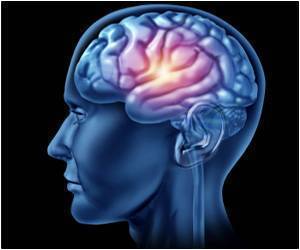
‘Intelligence, creativity, emotion, and memory are a few of the many things governed by the brain. Protected within the skull, the brain is composed of the cerebrum, cerebellum, and brainstem.’
Tweet it Now
"Brain matter volume increases in the initial stages of learning, and then renormalizes partially or completely," says first author Elisabeth Wenger, a neuroscientist at the Max Planck Institute for Human Development in Berlin. "This seems to be an effective way for the brain to first explore the possibilities, call in different structures and cell types, select the best ones, and get rid of the ones that are no longer needed." She describes brain cells as actors auditioning for a movie for which the brain is the director: The brain calls in the candidates by forming new cells, and this causes it to grow macroscopically in volume. The brain then tries out different functions for them--seeing which can store or carry the information best. Based on which cells function most efficiently, the brain dismisses the other candidates or assigns them to different roles.
As evidence, the researchers discuss a study in which right-handed people learned to write and draw with their left hands. After a month, their brain volume had increased, but three weeks later it was nearly back to normal. Researchers observed similar results in other studies in which monkeys learned to use a rake to retrieve food or rats learned to differentiate between sounds.
Wenger and her co-authors, including Claudio Brozzoli, Ulman Lindenberger, and Martin Lövdén, were surprised by how often the phenomenon of brain expansion and renormalization has been recorded already in animal studies, and predict it applies to human brains too. "We are definitely not the first to suggest or introduce the expansion-renormalization model," says Wenger. "I think we are just the ones who are now promoting it in the field of grey matter volume changes in humans."
The researchers believe that this theory should influence how researchers design neural studies. "In a way, it is now apparent that the typical design is just insufficient to show the full scope of changes that happen," Wenger says. "This theory calls for study designs with more measurement time points to properly display changes in brain volume."
Advertisement













